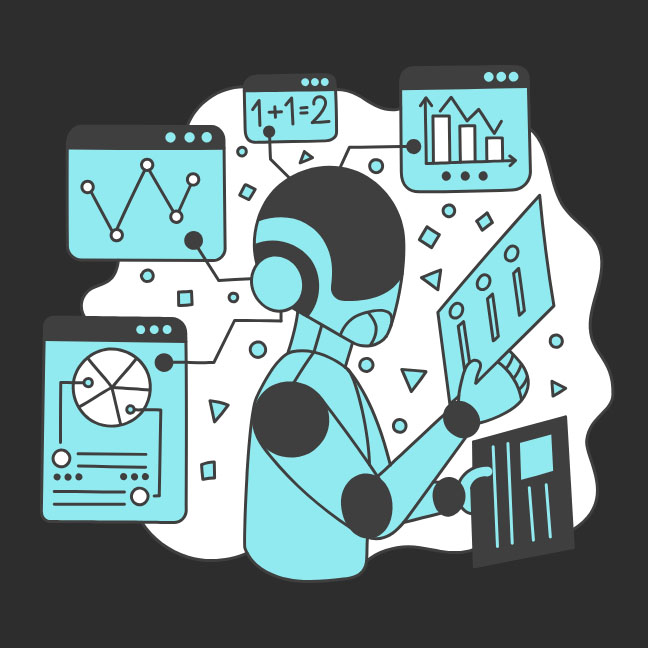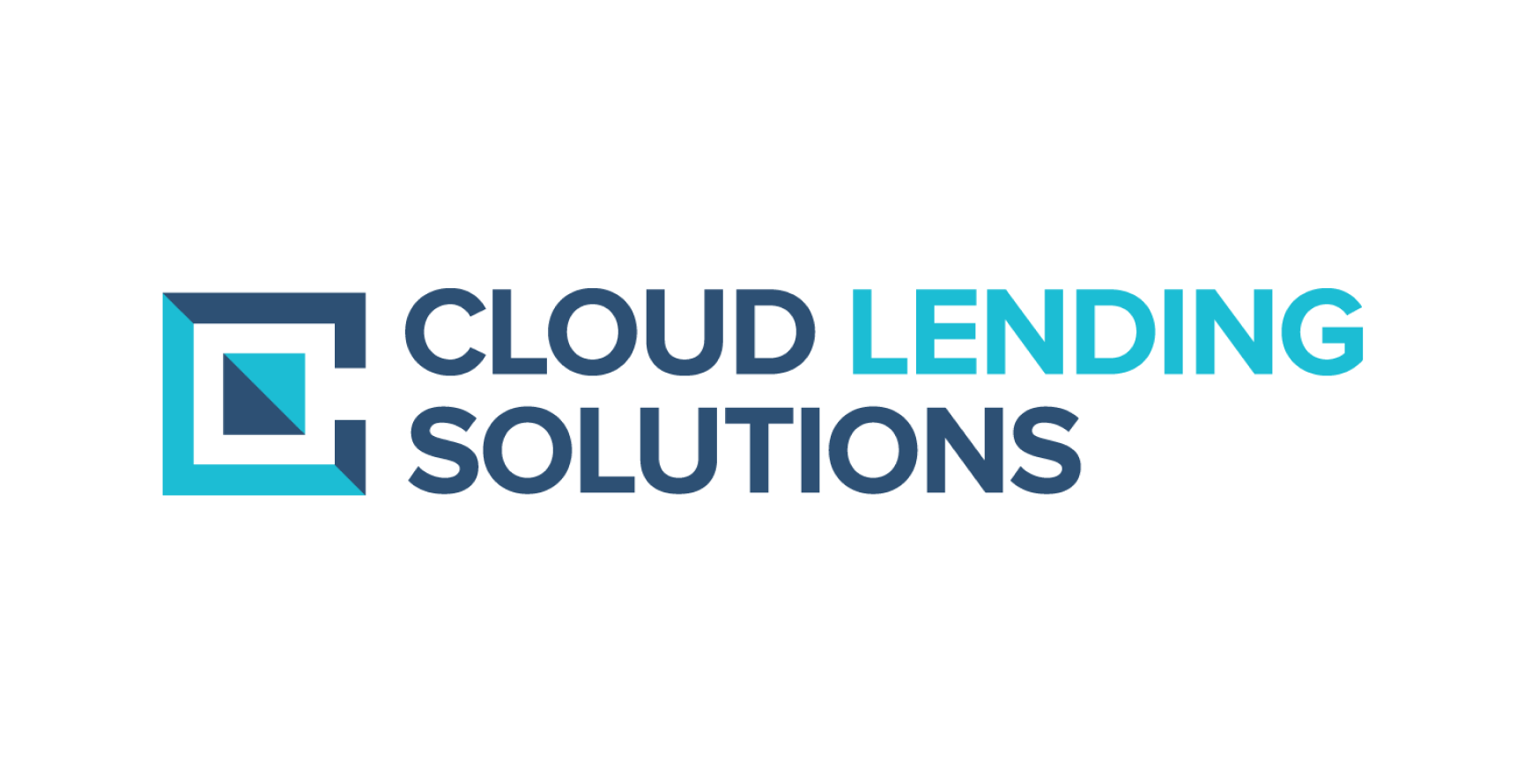Artificial Intelligence, zBlog
Supervised vs. Unsupervised Learning: What’s the Difference?
trantorindia | Updated: July 30, 2025
In the world of machine learning, one of the first distinctions you’ll encounter is between supervised vs. unsupervised learning. These two core approaches power everything from recommendation engines to fraud detection systems, but they do so in remarkably different ways.
Understanding the difference between supervised vs. unsupervised learning isn’t just useful for data scientists and machine learning engineers—it’s essential for product leaders, business strategists, and anyone who wants to make smarter, data-driven decisions with today’s AI tools.
In this blog, we’ll break down how these machine learning models work, when to use them, the latest innovations in each, and how businesses are using supervised and unsupervised learning in real-world applications as of 2025.
What Is Supervised Learning?
Supervised learning is a type of machine learning where models are trained using labeled datasets. In simple terms, it’s like teaching the algorithm with a teacher present. The data fed into the system includes both the input (features) and the correct output (labels), and the goal is for the model to learn to predict the output for new, unseen data.
How It Works
For example, if you’re trying to train an email classifier to distinguish between spam and not-spam, you provide a dataset of emails that are already labeled as either “spam” or “not spam.” The model learns patterns based on those labels and eventually becomes capable of classifying new emails accurately.
Key Steps in Supervised Learning:
- Collect and label data
- Choose an appropriate algorithm
- Train the model using the labeled dataset
- Evaluate the model’s performance
- Deploy and improve with new data
Popular Supervised Learning Algorithms
Some of the most commonly used supervised learning algorithms include:
- Linear Regression
- Logistic Regression
- Decision Trees
- Random Forest
- Support Vector Machines (SVM)
- Neural Networks
Each algorithm is suited for different types of tasks like classification, regression, and prediction.
Real-world Use Cases of Supervised Learning
Supervised learning plays a central role in many AI-driven applications across industries:
- Email filtering — Detecting spam and phishing content
- Credit scoring — Predicting loan defaults
- Medical diagnosis — Classifying cell images as cancerous or not
- Customer churn prediction — Flagging at-risk customers based on behavior
- Facial recognition — Identifying or verifying individuals
Pros and Cons of Supervised Learning
Pros:
- Highly accurate with sufficient labeled data
- Results are interpretable and measurable
- Efficient for both classification and regression
Cons:
- Requires large, labeled datasets which can be costly
- Model performance heavily depends on data quality
- Not well-suited for problems where labeling is subjective or evolving
What Is Unsupervised Learning?
Unlike its counterpart, unsupervised learning deals with data that has no labels. It teaches models to identify patterns, groupings, or hidden structures in the data on its own. There’s no ‘correct answer’ provided—only raw inputs for the system to analyze and make sense of.
How It Works
Think of giving your algorithm a box of puzzles without a reference picture. It has to figure out how the pieces might fit together based solely on shape, color, and edges.
A classic example is customer segmentation—grouping users based on behavior without predefined categories. The model discovers clusters that share similar traits.
Common Tasks in Unsupervised Learning:
- Discovering data groupings (clustering)
- Reducing data dimensions (PCA, t-SNE)
- Anomaly detection
- Recommendation engines without labeled data
Popular Unsupervised Learning Algorithms
- K-means Clustering
- Hierarchical Clustering
- DBSCAN (Density-Based Spatial Clustering)
- Principal Component Analysis (PCA)
- Autoencoders (in deep learning contexts)
Real-world Use Cases of Unsupervised Learning
- Market segmentation — Identifying unique customer personas
- Document clustering — Grouping articles or reports by topic
- Fraud detection — Highlighting unusual transactions
- Behavioral profiling — Learning how users interact with apps or websites
- Recommender systems — Suggesting content based on similarities, not labels
Pros and Cons of Unsupervised Learning
Pros:
- Doesn’t require labeled data
- Great for discovering unknown patterns
- Scalable and adaptable for dynamic datasets
Cons:
- Results can be harder to interpret
- Validation is more difficult due to lack of labeled outputs
- Outcomes may be sensitive to noise and anomalies
Supervised vs. Unsupervised Learning: A Side-by-Side Comparison
While supervised learning excels in straightforward, label-rich environments, unsupervised learning offers powerful insights when structured labels aren’t available.
Emerging Trends
Several trends are changing the way practitioners use supervised vs. unsupervised learning in AI systems:
1. Self-Supervised Learning
A hybrid technique gaining momentum, self-supervised learning uses unlabeled data to generate its own labels. It bridges the gap between supervised and unsupervised approaches, especially useful in natural language processing (NLP), image recognition, and speech analysis.
2. Foundation Models
Large-scale models like GPT, Claude, and BERT, initially trained using self-supervised and supervised techniques, are now impacting how businesses approach custom model training.
3. AutoML & No-Code AI
AutoML platforms are making supervised and unsupervised learning accessible without deep technical expertise. Platforms like Google Vertex AI and DataRobot support fast deployment of both approaches.
4. Synthetic Data for Supervised Learning
To bypass the challenge of manually labeling data, companies are increasingly relying on synthetic data generators, especially in critical fields like healthcare and autonomous driving.
Choosing the Right Approach
When deciding between supervised vs. unsupervised learning, the choice depends on the problem, data availability, and business goals:
- Choose supervised learning when:
- You have clean, labeled data
- You need to predict a known output
- Accuracy is critical and explainable
- Choose unsupervised learning when:
- You have large datasets without labels
- You want to explore patterns or structures
- You’re tackling exploratory data analysis or segmentation
In some advanced practices, teams combine both methods into semi-supervised setups for better accuracy and generalization.
The Future of Machine Learning Is Hybrid
As AI systems become more intelligent and adaptive, the line between supervised vs. unsupervised learning continues to blur. New techniques increasingly mix both methodologies to balance speed, accuracy, and data efficiency.
Whether it’s for building smarter chatbots, automating diagnostics, or personalizing user experiences, understanding how and when to apply supervised vs. unsupervised learning will only grow in importance.
Final Thoughts
Both supervised and unsupervised learning have earned their place as cornerstones in modern AI development. Knowing the difference between supervised vs. unsupervised learning can save time, lower costs, and improve results for your machine learning projects—especially when data availability is a limiting factor.
At Trantor Inc, we help organizations decode AI by building scalable, intelligent solutions tailored to their data landscapes. Whether you’re beginning to explore machine learning or scaling enterprise-grade AI models, our deep expertise in both supervised and unsupervised learning algorithms ensures your project is future-ready.
Let’s build intelligence that works—together.
Need help harnessing supervised or unsupervised learning for your business? Contact Trantor Inc today and let’s explore what’s possible.



